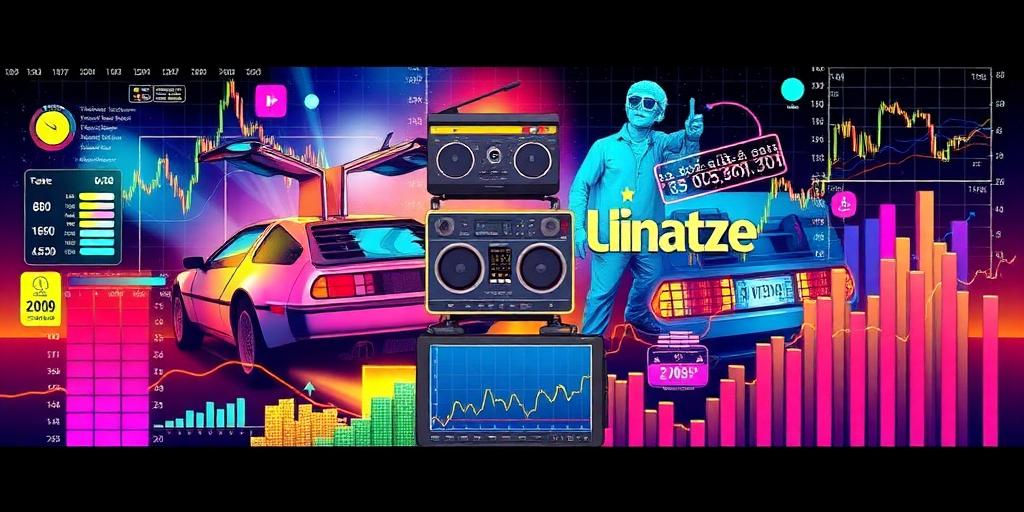In 2025, the entertainment industry is increasingly leveraging nostalgia as a powerful economic driver. Nostalgia, a sentimental longing or wistful affection for the past, has proven to be more than just a fleeting trend; it’s a robust market force influencing consumer behavior across various entertainment sectors.
The Rise of Nostalgia-Driven Content
From reboots and remakes of classic films and TV shows to the resurgence of retro gaming and music, nostalgia is being strategically employed to capture the attention and wallets of consumers. Several factors contribute to this phenomenon:
- Comfort and Familiarity: In an era of rapid technological advancement and constant change, nostalgic content offers a sense of comfort and familiarity. Consumers often seek refuge in the media they enjoyed during their formative years.
- Emotional Connection: Nostalgia is deeply rooted in personal memories and emotions. Entertainment that evokes these feelings can create a strong connection with the audience, fostering loyalty and driving engagement.
- Intergenerational Appeal: Nostalgic content can bridge generational gaps. Parents who grew up with certain franchises are eager to share those experiences with their children, creating a shared cultural touchstone.
Economic Impact
The economic impact of nostalgia in entertainment is substantial. Here’s a breakdown of key areas:
- Film and Television: Reboots and remakes of classic movies and TV shows consistently perform well at the box office and on streaming platforms. These projects often benefit from built-in fan bases and established brand recognition.
- Gaming: Retro gaming is experiencing a renaissance, with classic consoles and games being re-released in updated formats. Nostalgia-driven gaming events and communities are also thriving.
- Music: The revival of vintage music genres and the continued popularity of legacy artists demonstrate the enduring appeal of nostalgic sounds. Vinyl records, in particular, have seen a resurgence in recent years.
- Merchandise and Collectibles: Nostalgia extends beyond media content to merchandise and collectibles. Retro toys, clothing, and memorabilia are highly sought after by collectors and fans alike.
Case Studies
Several recent examples illustrate the economic power of nostalgia:
- Top Gun: Maverick: This sequel to the 1986 classic became a box office sensation, demonstrating the enduring appeal of the original film and its star, Tom Cruise.
- Stranger Things: This Netflix series, set in the 1980s, has captivated audiences with its nostalgic atmosphere, retro soundtrack, and references to classic films and TV shows.
- The Super Mario Bros. Movie: This animated film, based on the iconic video game franchise, has broken box office records, proving the enduring popularity of the Mario universe.
Challenges and Considerations
While nostalgia can be a lucrative strategy, it also presents certain challenges:
- Maintaining Authenticity: Nostalgia-driven content must remain true to the spirit of the original source material while also appealing to modern audiences.
- Avoiding Over-Saturation: The market can become saturated with nostalgia, leading to diminishing returns and audience fatigue.
- Balancing Nostalgia with Innovation: While nostalgia can be a powerful tool, it’s essential to balance it with fresh ideas and innovative approaches to storytelling.
Conclusion
The economics of nostalgia in 2025 entertainment are undeniable. By tapping into consumers’ emotional connections to the past, entertainment companies can drive significant revenue and build lasting brand loyalty. However, success requires a careful understanding of the nuances of nostalgia and a commitment to delivering authentic and engaging experiences that resonate with audiences across generations.
Long-Tail Keywords: economics of 80s entertainment, nostalgic movie revenue 2025, retro gaming market analysis, economic impact of remakes, consumer behavior nostalgia entertainment
